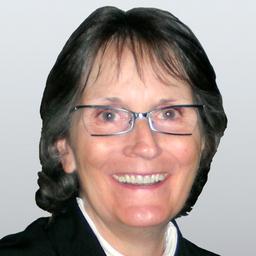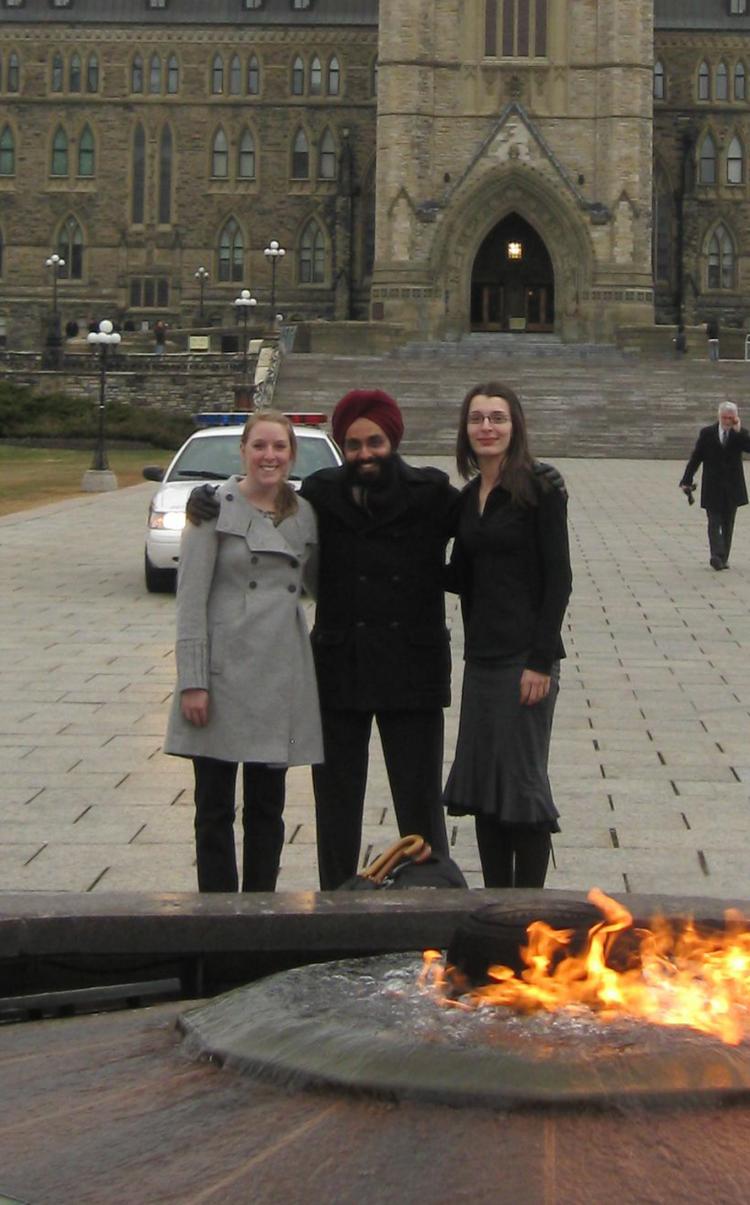To alleviate the doctor shortage in underserviced areas, the country’s future doctors are calling on Ottawa to increase the diversity in medical schools by attracting more rural students.
The Canadian Federation of Medical Students (CFMS) believes the inadequate admission of low-income and rural students to medical schools will result in a failure meet the health needs of all Canadians.
During the organization’s Federal Lobby Day on March 29, medical students from across the country met with more than 100 MPs and senators to discuss the under-representation of rural and low socioeconomic groups in Canada’s medical schools.
“We wanted to inform them that we felt the medical students’ population was inadequately representing the Canadian population, because there’s significant under-representation of students from low-income backgrounds as well as students from rural backgrounds,” says CFMS vice president of communications Ijab Khanafer.
Khanafer cites a CFMS survey which found that just 10.8 percent of medical students are of rural origin—despite the fact that 22.4 percent of Canadians live in rural areas.
Students with rural backgrounds are 2.5 times more likely to practice in a rural community, the survey showed, and students with low-income backgrounds are more likely to serve low-income patients. They are also more likely to be family doctors, which would help reduce the shortage.
“Rural or low-income, they’re both more likely to practice as family physicians—and it’s a discipline in which Canada is experiencing significant shortages,” says Khanafer.
The CFMS want a task force set up—such as those initiated in Australia and the United States—to investigate ways to increase diversity in medical schools. Medical schools in Australia introduced incentives to increase enrolment of rural students, while in the U.S., grant programs were created to assist low-income medical students in financial need.
Khanafer says these are fairly simple solutions that have a proven track record.
“In the short-term this could have costs associated, but in the long-term this would definitely be a worthwhile investment.”
A 2006 study by the Canadian Institute for Health Information found that in 2004, just 9 percent of Canadian doctors worked in rural areas, servicing 21 per cent of the country’s population.
The under-representation of medical specialists such as paediatricians and gynaecologists was even more pronounced, with a mere 2 percent working in rural and small-town Canada.
However, the study found that rural family doctors work differently to their urban counterparts in that they offer a broader range of clinical procedures.
A report by the Association of Faculties of Medicine of Canada has recommended that all Canadian medical schools enhance the admission process to foster increased diversity and create a more representative physician workforce.
“Some work is going to be done at the medical school level, and of course we would hope that some will be done at the provincial level. But we also believe that there’s work to be done on the federal level,” says Khanafer.
The med students who met with MPs and senators received “a lot of positive feedback,” she adds, including the possibility of using some of the committees that are already established on Parliament Hill instead of setting up a task force.
“The senators and MPs also gave us suggestions as to what we should do next and how to best address the issue, and so we'll be following up on those suggestions and hopefully see some results from that.”
The CFMS is a student-led national organization that represents over 7,000 medical students at 14 medical schools across Canada.







